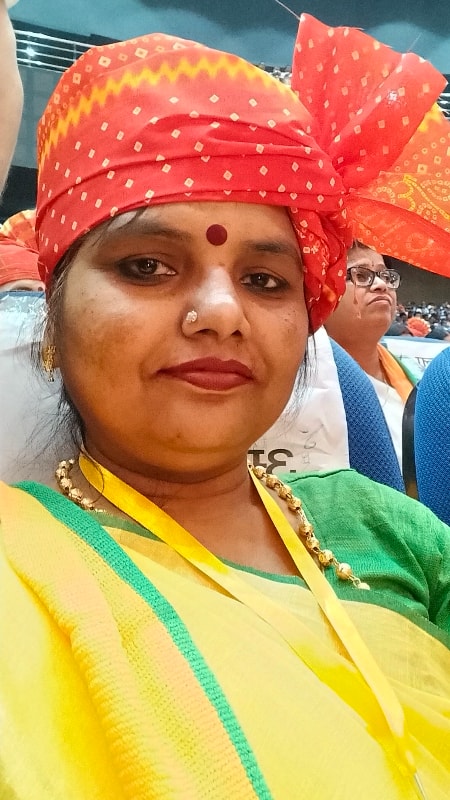The Union Cabinet chaired by the Prime Minister Shri Narendra Modi today approved the Electronics Component Manufacturing Scheme with a funding of Rs.22,919 crore to make India Atmanirbhar in electronics supply chain.
This scheme aims to develop a robust component ecosystem by attracting large investments (global/domestic) in electronics component manufacturing ecosystem, increasing Domestic Value Addition (DVA) by developing capacity and capabilities, and integrating Indian companies with Global Value Chains (GVCs).
Benefits:
The scheme envisages to attract investment of Rs.59,350 crore, result in production of Rs.4,56,500 crore and generate additional direct employment of 91,600 persons and many indirect jobs as well during its tenure.
Salient Features of the Scheme:
i. The scheme provides differentiated incentives to Indian manufacturers tailored to overcome specific disabilities for various categories of components and sub-assemblies so that they can acquire technological capabilities and achieve economies of scale. The target segment covered under the scheme and nature of incentive offered are as under:
|
S.No.
|
Target segments
|
Nature of Incentive
|
|
A
|
Sub-assemblies
|
|
|
1
|
Display module sub-assembly
|
Turnover linked incentive
|
|
2
|
Camera module sub-assembly
|
|
|
B
|
Bare components
|
|
|
3 |
Non-Surface Mount Devices (non-SMD) passive components for electronic applications
|
Turnover linked incentive
|
|
4
|
Electro-mechanicals for electronic applications
applications
|
|
|
5 |
Multi-layer Printed Circuit Board (PCB)
|
|
|
6
|
Li-ion Cells for digital applications (excluding storage and mobility)
|
|
|
7
|
Enclosures for Mobile, IT Hardware products and related devices
|
|
|
C
|
Selected bare components
|
|
|
8
|
High-density interconnect (HDI)/ Modified semi-additive process (MSAP)/ Flexible PCB
|
Hybrid incentive
|
|
9
|
SMD passive components
|
|
|
D
|
Supply chain ecosystem and capital equipment for electronics manufacturing
|
|
|
10
|
Parts/components used in manufacturing of sub-assembly (A) and bare components (B) & (C)
|
Capex incentive
|
|
11
|
Capital goods used in electronics manufacturing including their sub-assemblies and components
|
|
ii. The tenure of the scheme is six (6) years with one (1) year of gestation period.
iii. Payout of a part of the incentive is linked with employment targets achievement.
Background:
Electronics is one of the highest-traded and fastest-growing industries globally and is expected to play a pivotal role in shaping the global economy and advancing a country's economic and technological development. Since electronics permeates all sectors of economy it has economic and strategic importance. With various initiatives of Gol, the electronics manufacturing sector has witnessed remarkable growth in the last decade. The domestic production of electronic goods has increased from Rs.1.90 lakh crore in FY 2014-15 to Rs.9.52 lakh crore in FY 2023-24 at a CAGR of more than 17%. The exports of electronic goods have also increased from Rs.0.38 lakh crore in FY 2014-15 to Rs.2.41 lakh crore in FY 2023-24 at a CAGR of more than 20%.



















